In this week's edition
- ✍️ Letter from P'Fella
Giving birth to a textbook (a big one). - 🤓 The Sunday Quiz
Check back next week! - 🖼️ Image of the Week
LA calculations summarised. - 🚑 Technique Tip
How to inject local by Don Lalonde: Video. - 🎈 Upcoming Events
Foundations launch event: Happening July 26th. - 📘 Foundations Textbook
Take a peek inside! - 🔥 Articles of the Week
How to minimise LA pain, does mixing LA work?, & quick LA calculation: With 1-sentence summaries. - 💕 Feedback
Suggest ideas & give feedback!
A Letter from P'Fella
We Are About to Give Birth to the Textbook....
What started as a vague, caffeine-fueled dream — “Wouldn’t it be cool if residents had a textbook that didn’t suck?” — somehow turned into hundreds of pages, weekly feedback cycles, too many Google Docs, and something we’re ridiculously proud of. No publisher. No institution. Just us, building what training forgot.
It Took a Village. And Then Some.
Every chapter? Edited, re-edited, and gently (or not-so-gently) torn apart by real trainees and real consultants.
Every diagram? Agonized over by a design team who now knows what a keystone flap is — and probably needs therapy because of it.
Every sentence? Vetted for clarity, relevance, and that mysterious vibe of “useful-but-not-so-dull-you-want-to-die.”
The feedback loop never ended. It was a relay race of red pens and existential dread. But it worked. Because every step of the way, someone cared enough to make it better.
This Isn’t Just a Book. It’s a System Reset.
See, textbooks are usually written in towers — high up, far away, and years out of date by the time they hit your desk. Ours? Built from the ground up by the people in the trenches:
- Residents who actually have to learn this stuff under pressure.
- Fellows who still remember what it’s like to fail an OSCE station.
- Consultants who want you to understand the why, not just memorize the what.
It’s not perfect. But it’s built to keep getting better. That’s the real flex.
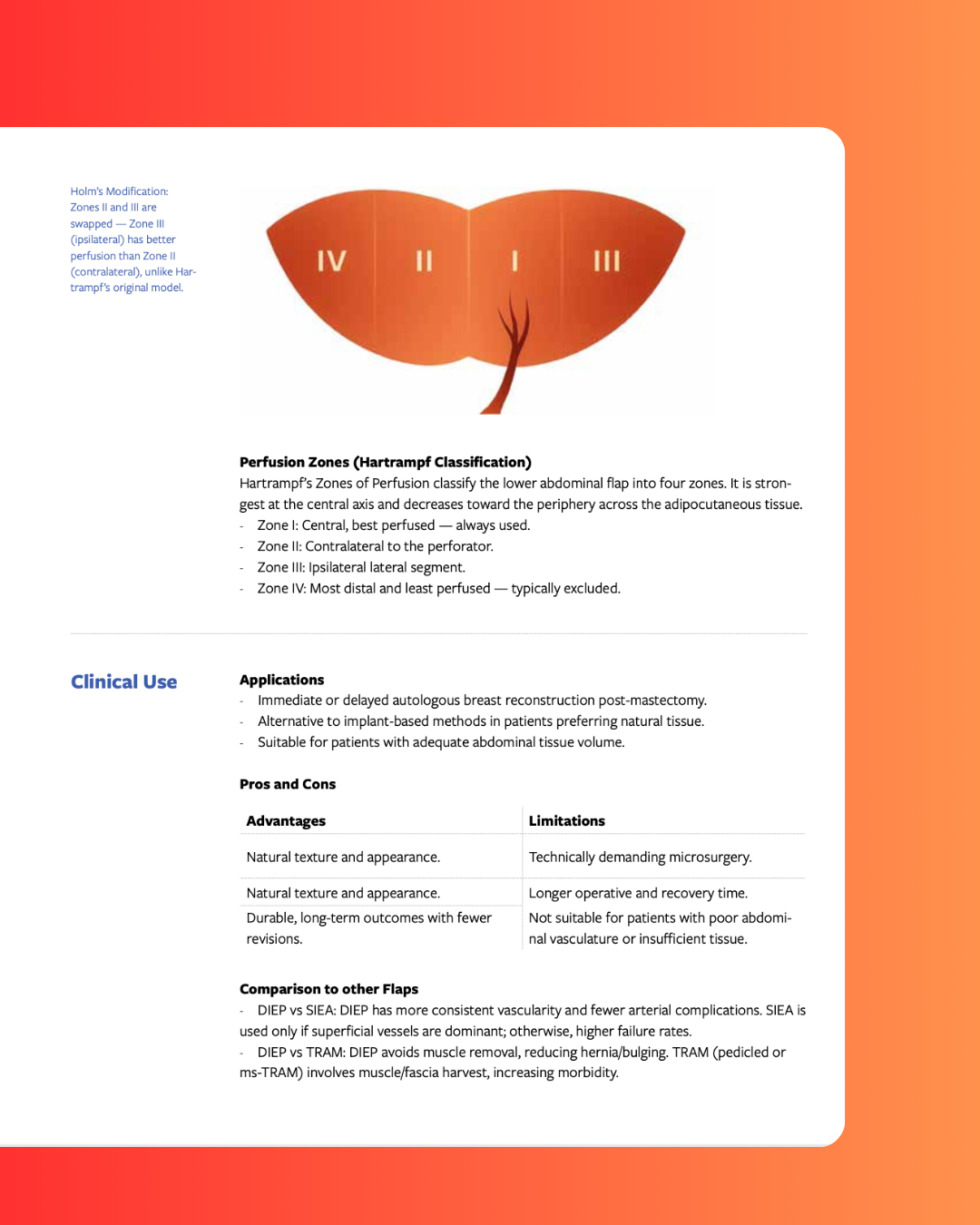
Only 500 Copies.
This is just the first edition. Like plastic surgery itself, we built it to evolve quickly, responsively, and in full public view. If you’ve ever thought, “Why isn’t this in the textbook?”. Now’s your chance to fix that.
Because if we’re building the next generation of plastic surgery education, we’re doing it together. No gatekeepers. No committees. Just people who give a damn.
Thanks for sticking with us.
With love,
P Fella ❤️
The Sunday Quiz
Under Development
Check back next week for the fresh edition
Image of the Week
LA Calculations
This week’s image breaks down how to calculate safe doses of local anaesthetic — a must-know for everyone in theatre.
- Maximum safe doses per kg for common LA agents.
- Total allowable dose limits.
- A quick formula for calculating maximum volume based on concentration.
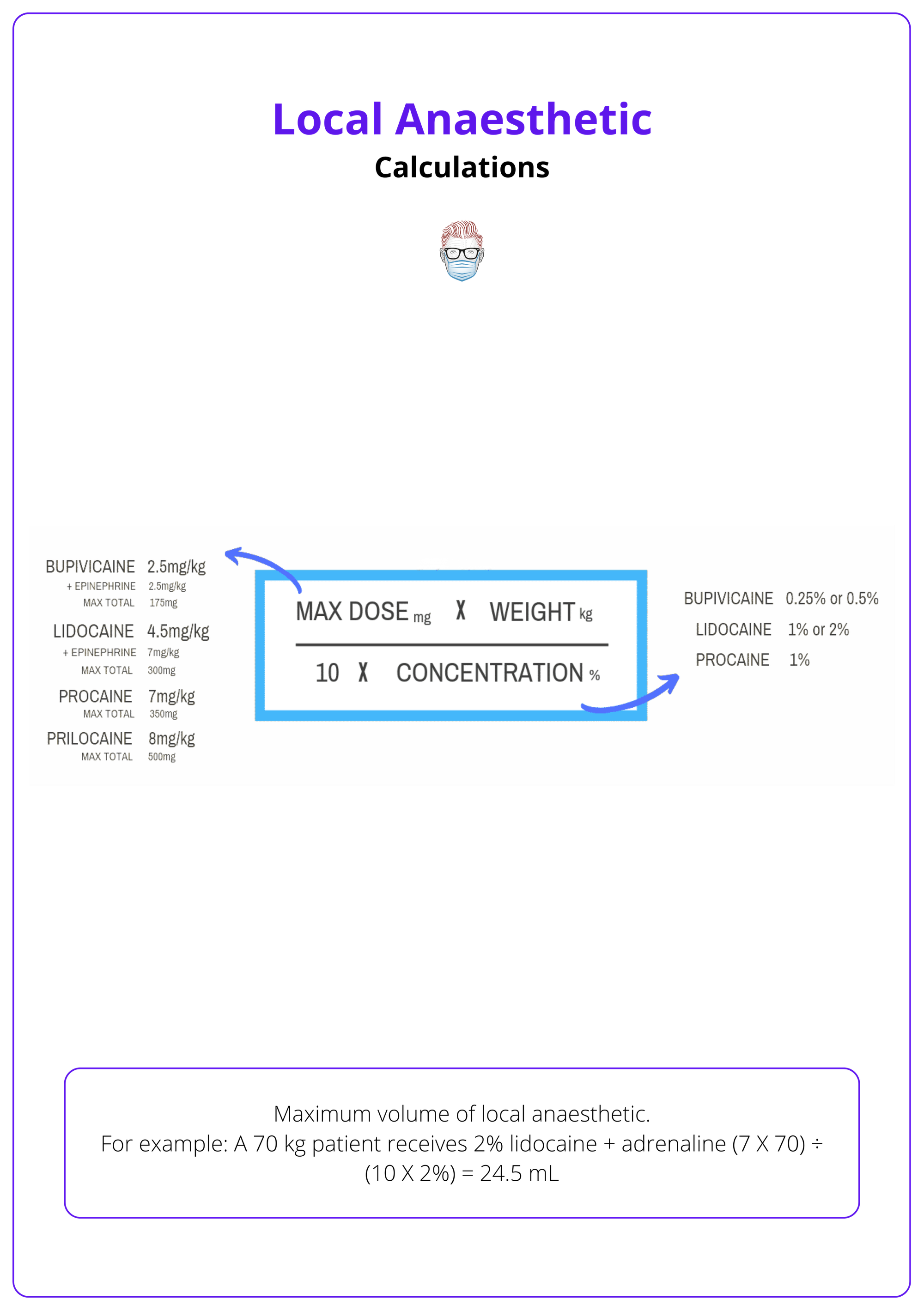
Technique Tip
How to Inject Local by Don Lalonde
This week’s technique tip features a classic from Don Lalonde: how to inject local anaesthetic safely, effectively, and painlessly.
▶️ Watch the video below
Upcoming Events
Foundations Launch Event: Happening July 26th
What to Expect:
- A look inside the textbook
- Behind-the-scenes insights
- Webinar by our fellows and experts
More information coming soon!
Sign up below!
Foundations Textbook
Take a Peek Inside
We're nearly there! While we finalise the full release, here’s a sneak peek at a few sample pages from the textbook. Designed to be practical, structured, and easy to revisit on the job or just before exams.
Got feedback or suggestions? We’d love to hear from you.
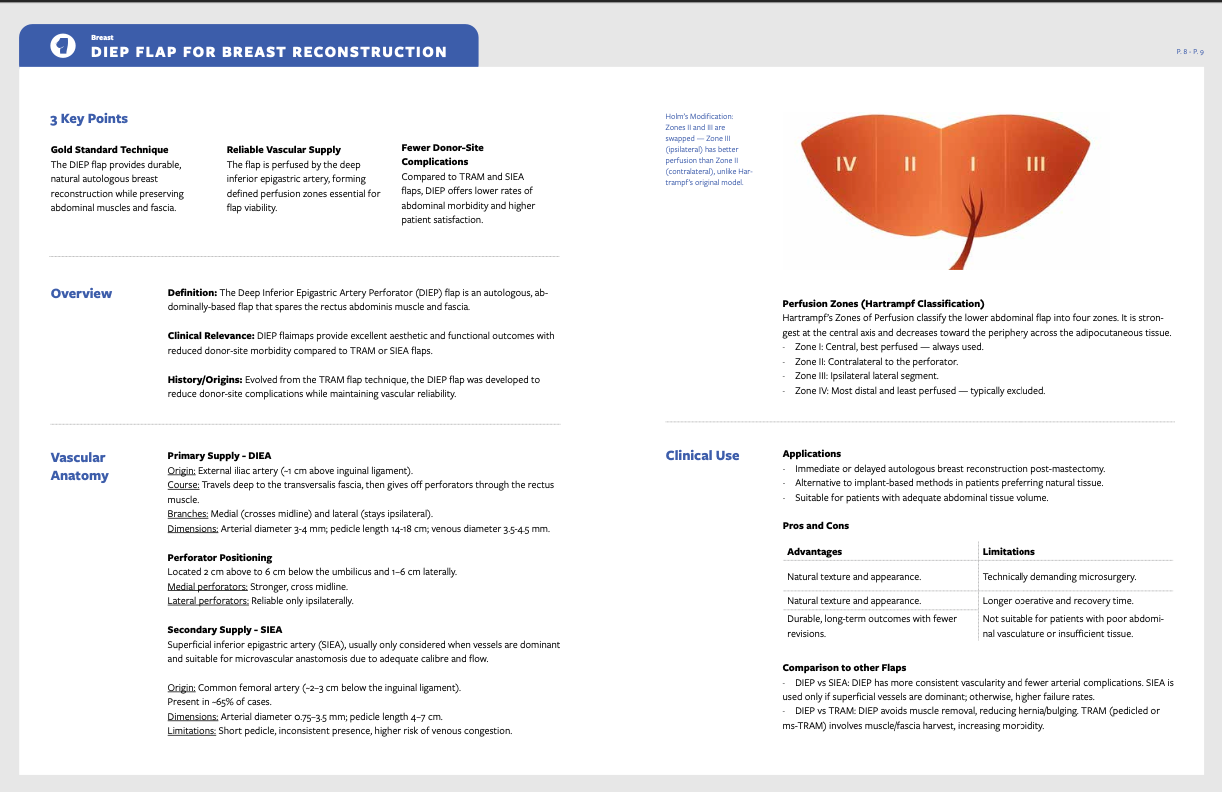
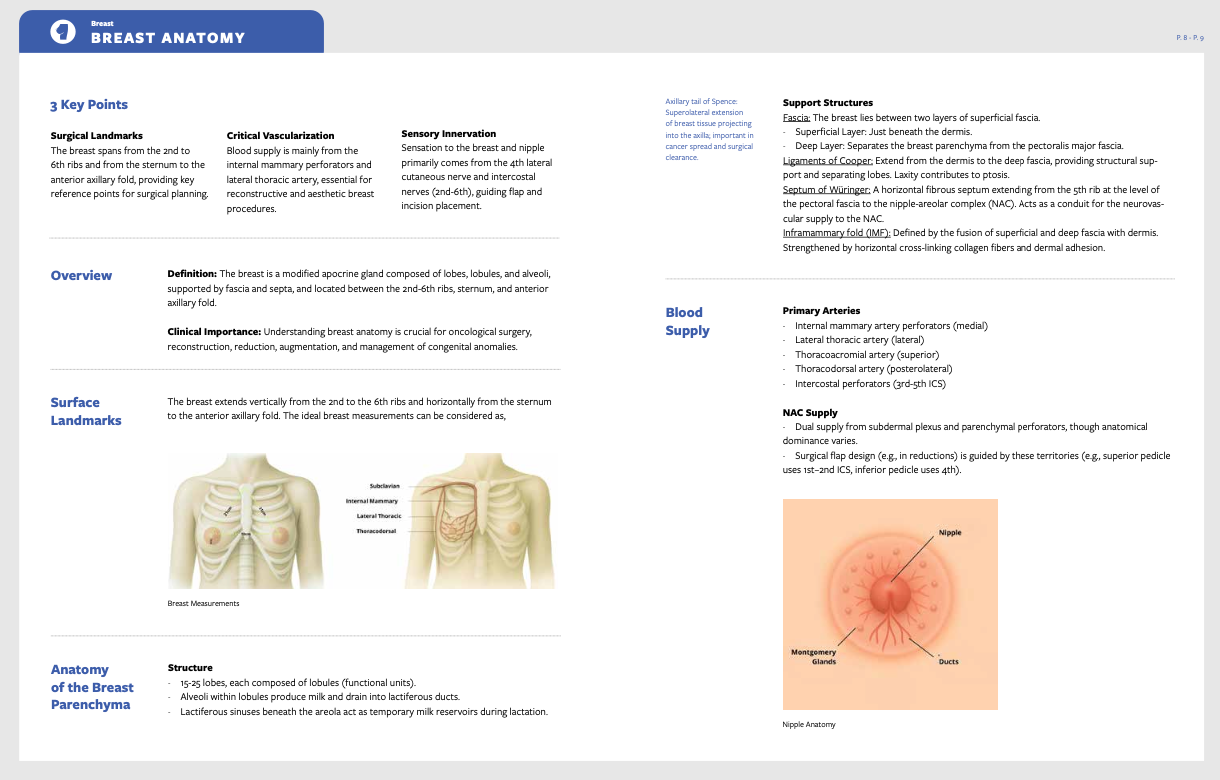
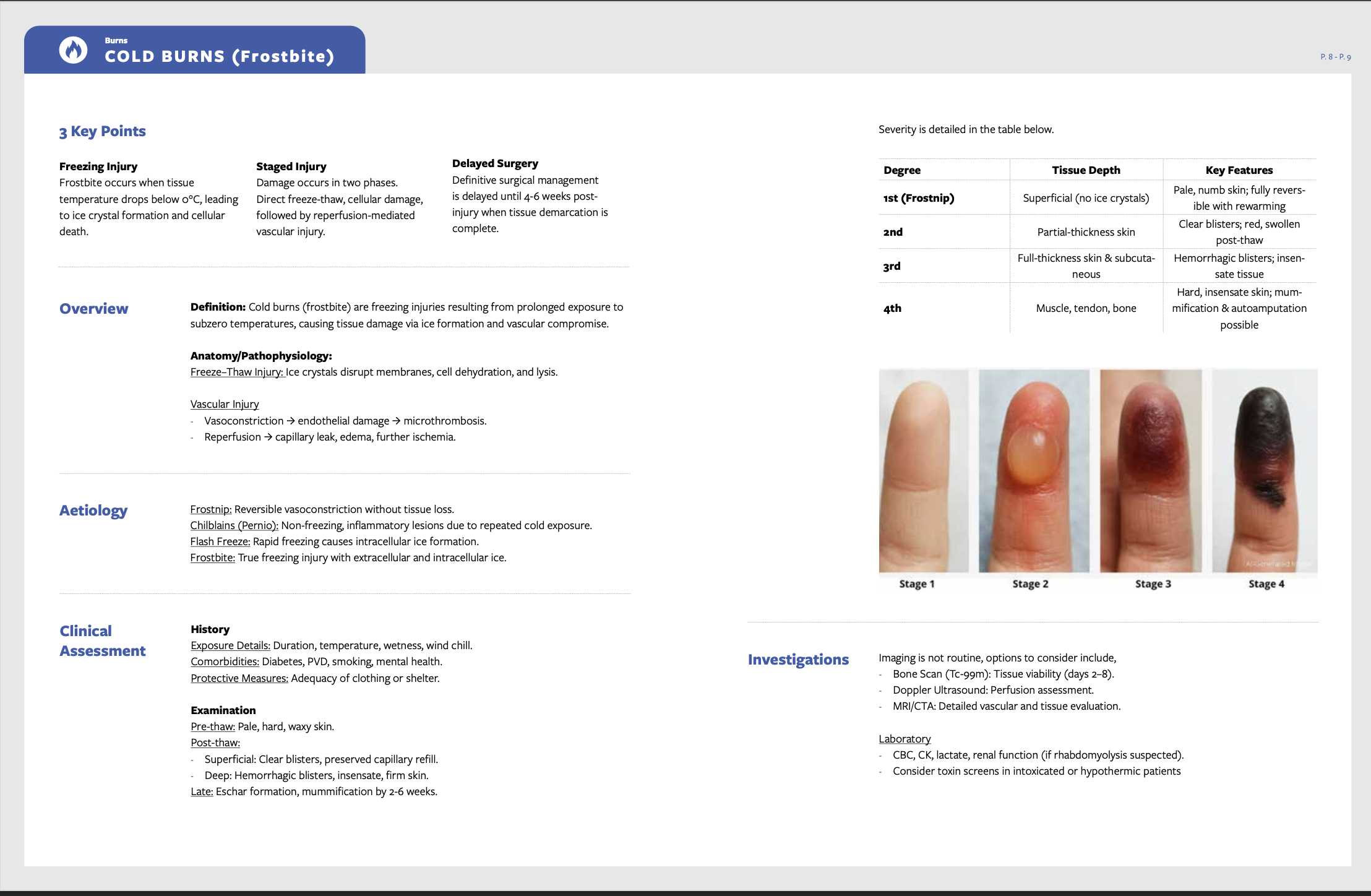
Foundations - Sample Images
Articles of the Week
3 Interesting Articles with One-Sentence Summaries
Simple adjustments to technique, such as needle gauge, buffering, slow infiltration, and patient communication, can reduce injection pain to just the initial needlestick, even for large tumescent fields.
Combining ropivacaine with lidocaine in WALANT surgery did not improve pain relief, quality of recovery, or reduce analgesia use compared to lidocaine alone.
Calculate safe local anaesthetic volumes on the spot: Multiply the patient’s weight (kg) by the safe dose (mg/kg), then divide by the LA concentration (mg/mL) to get the maximum safe volume


